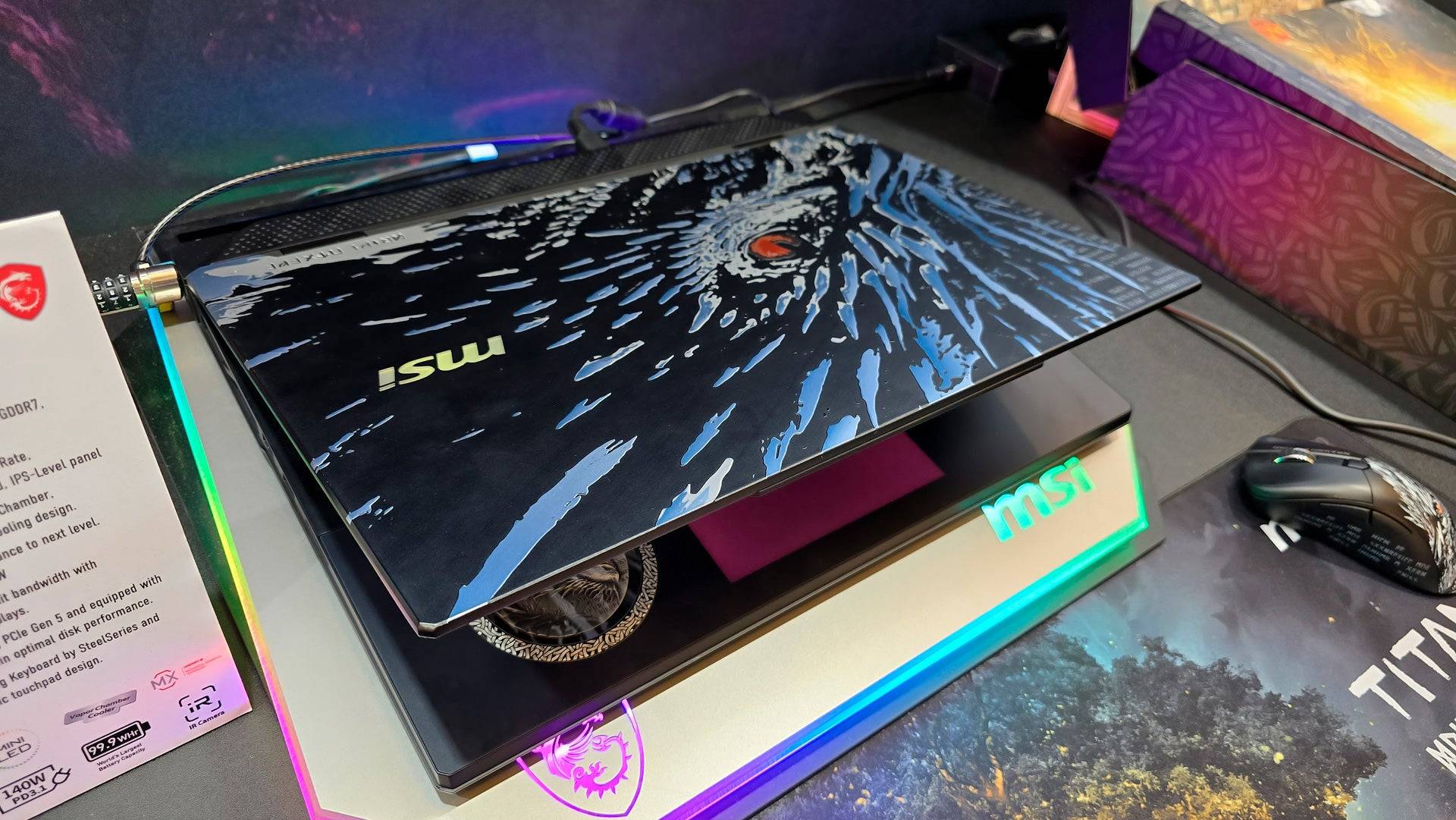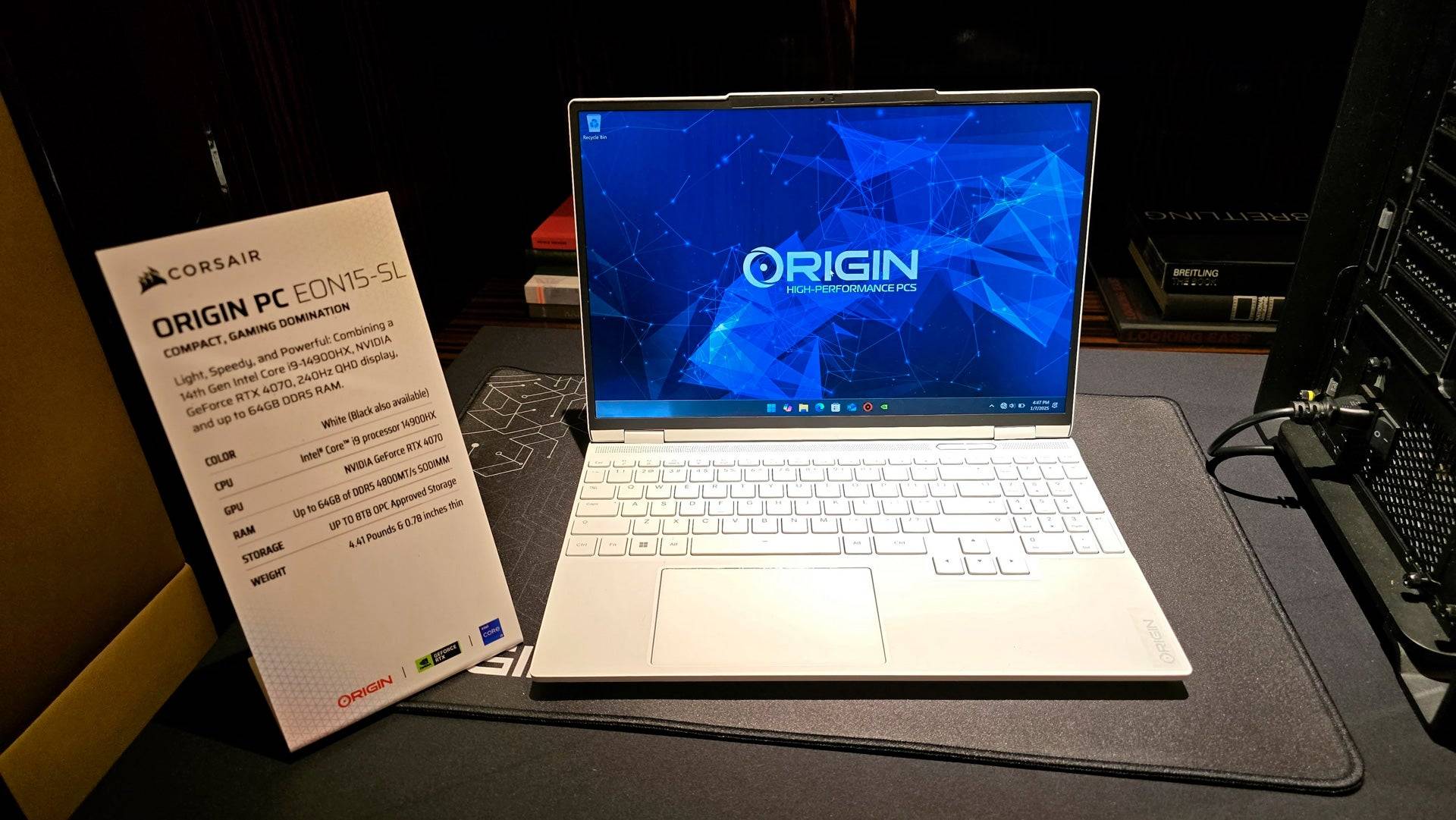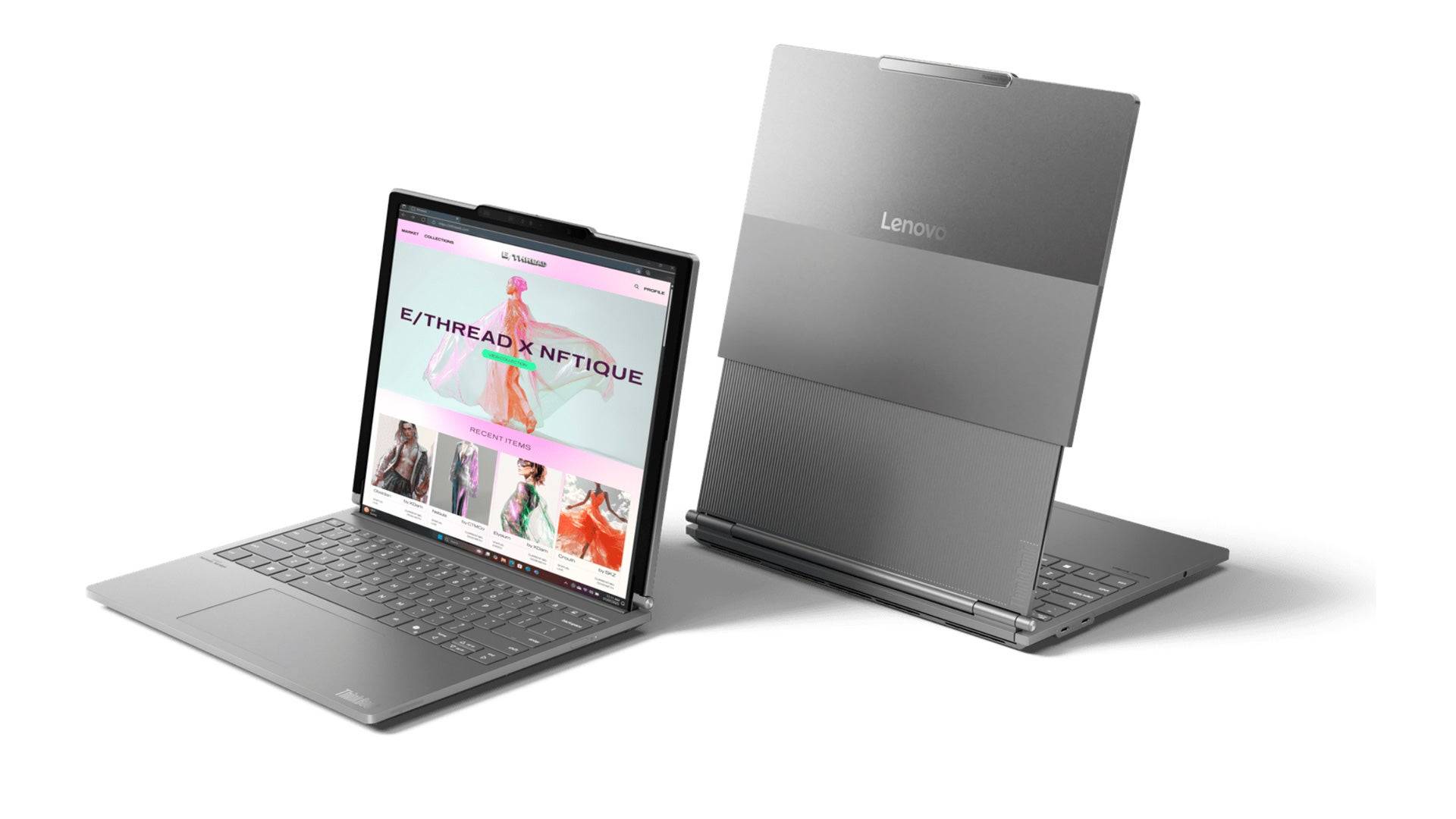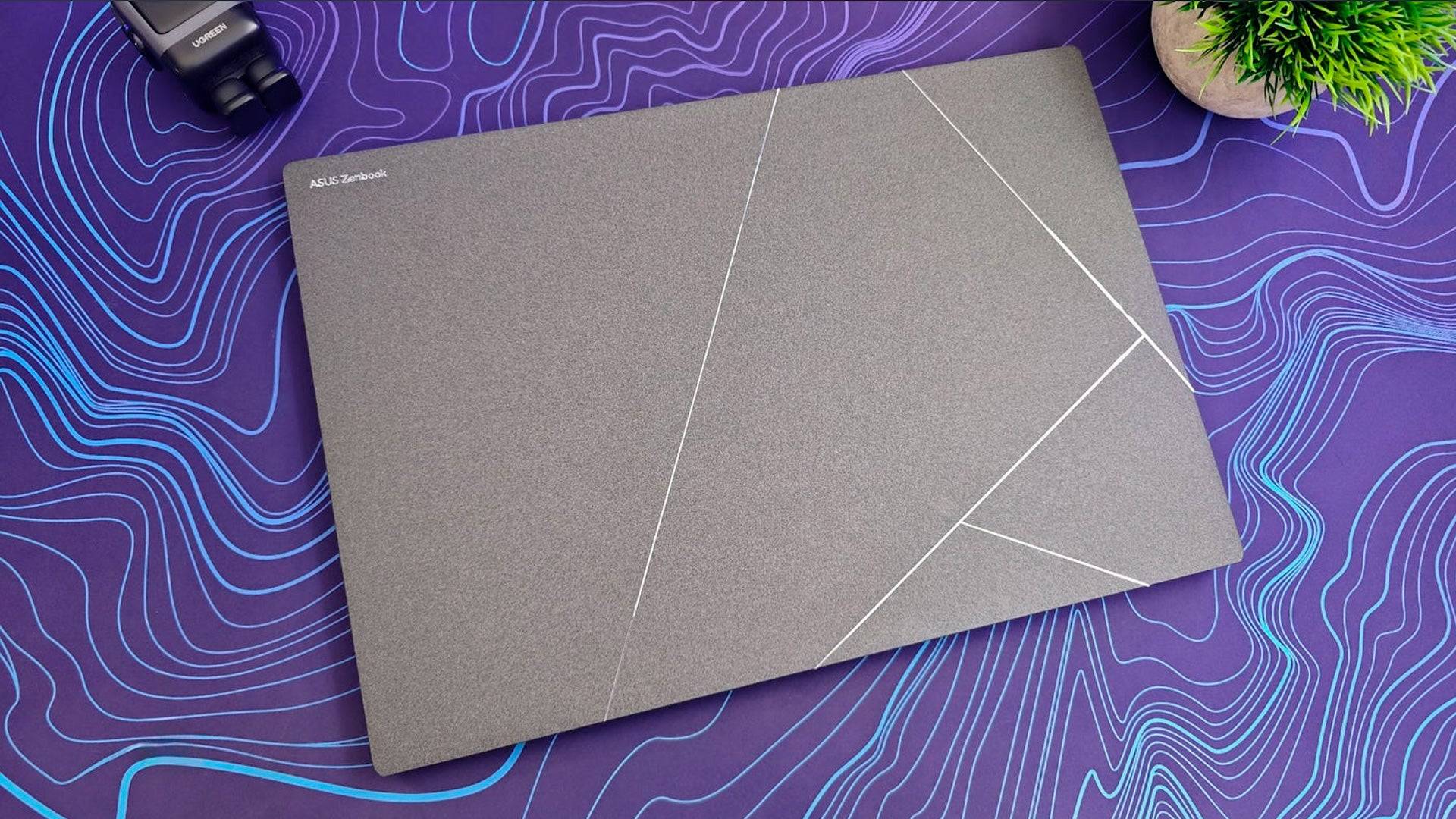CES 2024 showcased a plethora of gaming laptops, revealing key trends shaping the market. This report highlights the most significant developments.
Diverse Design Language
While gaming laptops have always offered stylistic variety, this year felt particularly distinctive. Manufacturers like Gigabyte and MSI are blurring the lines between productivity and gaming aesthetics. High-end models are moving beyond raw hardware specifications, offering more sophisticated design elements.
This translates to a broader spectrum of choices. Laptops like the Gigabyte Aero series boast clean, professional designs suitable for any workplace. Conversely, others, such as the MSI Titan 18 HX AI Dragonforged Edition, proudly display their gaming pedigree with bold graphics.
 RGB lighting remains a staple, with innovative implementations like wrap-around rings, illuminated keyboards, and even trackpad lighting. The Asus ROG Strix Scar series impressed with its AniME Dot Matrix LED display, capable of displaying text and animations. While not revolutionary, expect a diverse range of sizes and hardware configurations, from thin and light to large and powerful.
RGB lighting remains a staple, with innovative implementations like wrap-around rings, illuminated keyboards, and even trackpad lighting. The Asus ROG Strix Scar series impressed with its AniME Dot Matrix LED display, capable of displaying text and animations. While not revolutionary, expect a diverse range of sizes and hardware configurations, from thin and light to large and powerful.

The Rise of AI Assistants
AI integration in laptops gained traction last year, but often fell short. This year, several vendors showcased AI assistants designed for seamless PC control without requiring software interaction.
One MSI demonstration showcased an AI assistant automatically optimizing performance settings based on the specified game. However, the practical speed advantage over manual adjustments remains questionable. Further testing is needed to determine the true utility and offline capabilities of these systems.
Mini-LED, Rollable Screens, and Other Innovations
Mini-LED technology is finally making significant inroads into the gaming laptop market. Asus, MSI, and Gigabyte all displayed Mini-LED laptops with high-end specifications and pricing. These models, featuring over 1,100 local dimming zones, deliver exceptional brightness, contrast, and vibrant colors. While OLED still maintains an edge in contrast, Mini-LED's lack of burn-in risk and higher sustained brightness make it a compelling alternative.
Other notable innovations include the return of the ASUS ROG Flow X13 with USB4 eGPU support, and Lenovo's ThinkBook Plus Gen 6 Rollable, the first laptop with a rollable OLED display. The rollable screen, while initially appearing unconventional, expands the screen real estate by 2.7 inches. Durability concerns exist, but it represents a significant step forward in display technology.

Ultrabooks Dominate, Even in Gaming
Ultrabook-style gaming laptops are becoming increasingly prevalent. Major manufacturers are embracing this thin, light, and premium design, exemplified by Gigabyte's redesigned Aero line.
These laptops offer a compelling balance between portability and gaming capabilities. With the latest processors from AMD and Intel, along with features like AMD FidelityFX Super Resolution and Intel XeSS, even integrated graphics can handle many games at playable settings. The continued rise of cloud gaming services like Xbox Cloud Gaming and Nvidia GeForce Now further diminishes the need for high-end dedicated graphics in some scenarios.

The future of gaming laptops is bright, with numerous exciting developments on the horizon. We will continue to cover these advancements throughout the year. Share your thoughts and observations in the comments below!
















